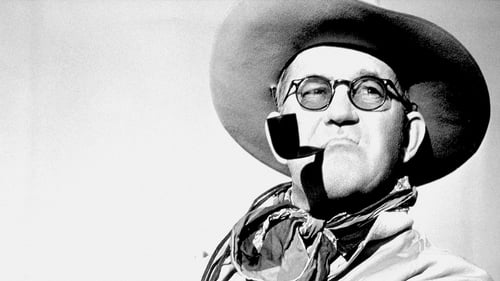
Editor
Over a 50-year career and more than a hundred movies, filmmaker John Ford (1894-1973) forged the legend of the Far West. By giving a face to the underprivileged, from humble cowboys to persecuted minorities, he revealed like no one else the great social divisions that existed and still exist in the United States. More than four decades after his death, what remains of his legacy and humanistic values in the memory of those who love his work?

Editor
A real estate agent from Paris arrives in Los Angeles to settle his late mother's estate, but a found photograph sends him on an impromptu journey to Mexico to find a woman named Lola.

Editor
Director Agnès Varda gathers some of her collaborators from JACQUOT DE NANTES to discuss their experiences making the film, as well as show Varda wove her grief over the loss of her husband, Jacques Demy, into other projects.
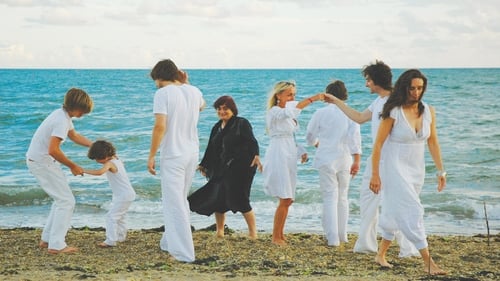
Director of Photography
Filmmaking icon Agnès Varda, the award-winning director regarded by many as the grandmother of the French new wave, turns the camera on herself with this unique autobiographical documentary. Composed of film excerpts and elaborate dramatic re-creations, Varda's self-portrait recounts the highs and lows of her professional career, the many friendships that affected her life and her longtime marriage to cinematic giant Jacques Demy.

Editor
Filmmaking icon Agnès Varda, the award-winning director regarded by many as the grandmother of the French new wave, turns the camera on herself with this unique autobiographical documentary. Composed of film excerpts and elaborate dramatic re-creations, Varda's self-portrait recounts the highs and lows of her professional career, the many friendships that affected her life and her longtime marriage to cinematic giant Jacques Demy.

Editor
A documentary film directed by French Agnès Varda as an extension of the exhibition 'L'île et elle'. The installation 'Les veuves de Noirmoutier' (or 'The Widows of Noirmoutier') had various women filmed by Varda, young and old, who spoke about their widowhood and their residence on the island of Noirmoutier. The film is a montage of these meetings, which are both simple and melancholic.
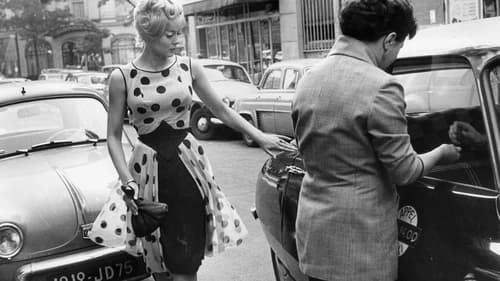
Editor
More than 40 years after making "Cléo de 5 à 7," Agnes Varda invites her star, two other cast members, and her assistant directors to look back. She takes us through the film, from opening scene to the end, visiting its Paris locales, placing her aged actors in the same spots, telling stories, and listening to others' reflections on the making of the film. She and they talk about making a film on a low budget, its showing at Cannes, and trying to fix a problem in the last shot. Her assistant directors discuss casting, costumes, sets, and the ways the film changed their approaches to filmmaking.

Editor
In this short film from 2005, Pierre-William Glenn, shooting from the back of a motorcycle, retraces the steps Cléo takes through Paris in CLÉO FROM 5 TO 7.
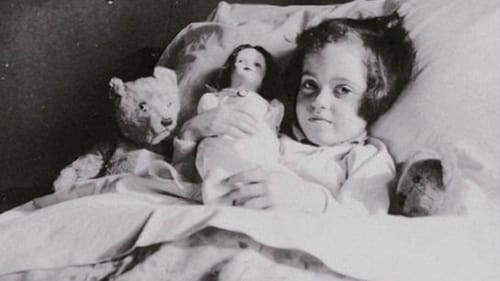
Editor
Ydessa Hendeles' exhibition entitled "The living and the Artificial" (consisting of works of art all comprising a photograph of living persons in the company of one or several teddy bears) had puzzled Agnès Varda so much that she decided to go to Toronto where the artist lives and interview her. In front of Agnes Varda's DV camera, Ydessa tells about the singularity of her artistic approach. She also expresses herself about the Holocaust, which both her parents survived.

Assistant Director Trainee
An adventure of three characters: Clarisse, a psychic’s apprentice, Lazare, who works at the Parisian catacombs, and the bronze statue of a lion at the Denfert-Rochereau (in the 14th arrondissement). Clarisse and Laraze meet daily, but one day Lazare disappears and the lion disappears as well!

Assistant Editor
An adventure of three characters: Clarisse, a psychic’s apprentice, Lazare, who works at the Parisian catacombs, and the bronze statue of a lion at the Denfert-Rochereau (in the 14th arrondissement). Clarisse and Laraze meet daily, but one day Lazare disappears and the lion disappears as well!

Editor
18 years after the making of the film "Vagabond", director Agnès Varda created this documentary which includes interviews with the cast.
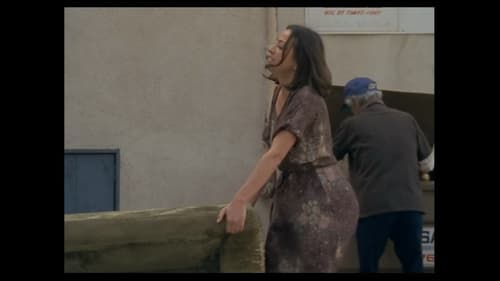
Editor
Agnès Varda’s follow-up to her acclaimed documentary THE GLEANERS AND I takes us deeper into the world of those who find purpose and beauty in the refuse of society, revisiting many of the original film’s subjects.
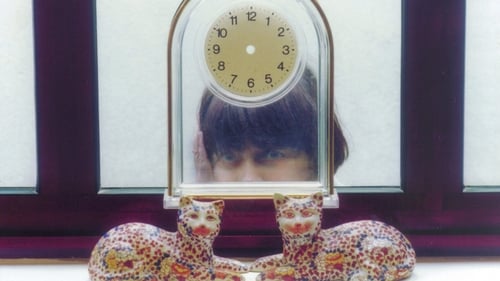
Editor
Varda focuses her eye on gleaners: those who scour already-reaped fields for the odd potato or turnip. Her investigation leads from forgotten corners of the French countryside to off-hours at the green markets of Paris, following those who insist on finding a use for that which society has cast off, whether out of necessity or activism.

Editor
1947. On a beach, Madeleine, a waitress in a hotel restaurant, mother of a little boy, meets François, a rich and cultivated student. The force of attraction that pushes them towards each other is commensurate with the secrecy that each carries. If we know what Madeleine wants to leave behind by following this young man, we discover over time, what François is desperately trying to flee by mixing Madeleine's fate with his.














